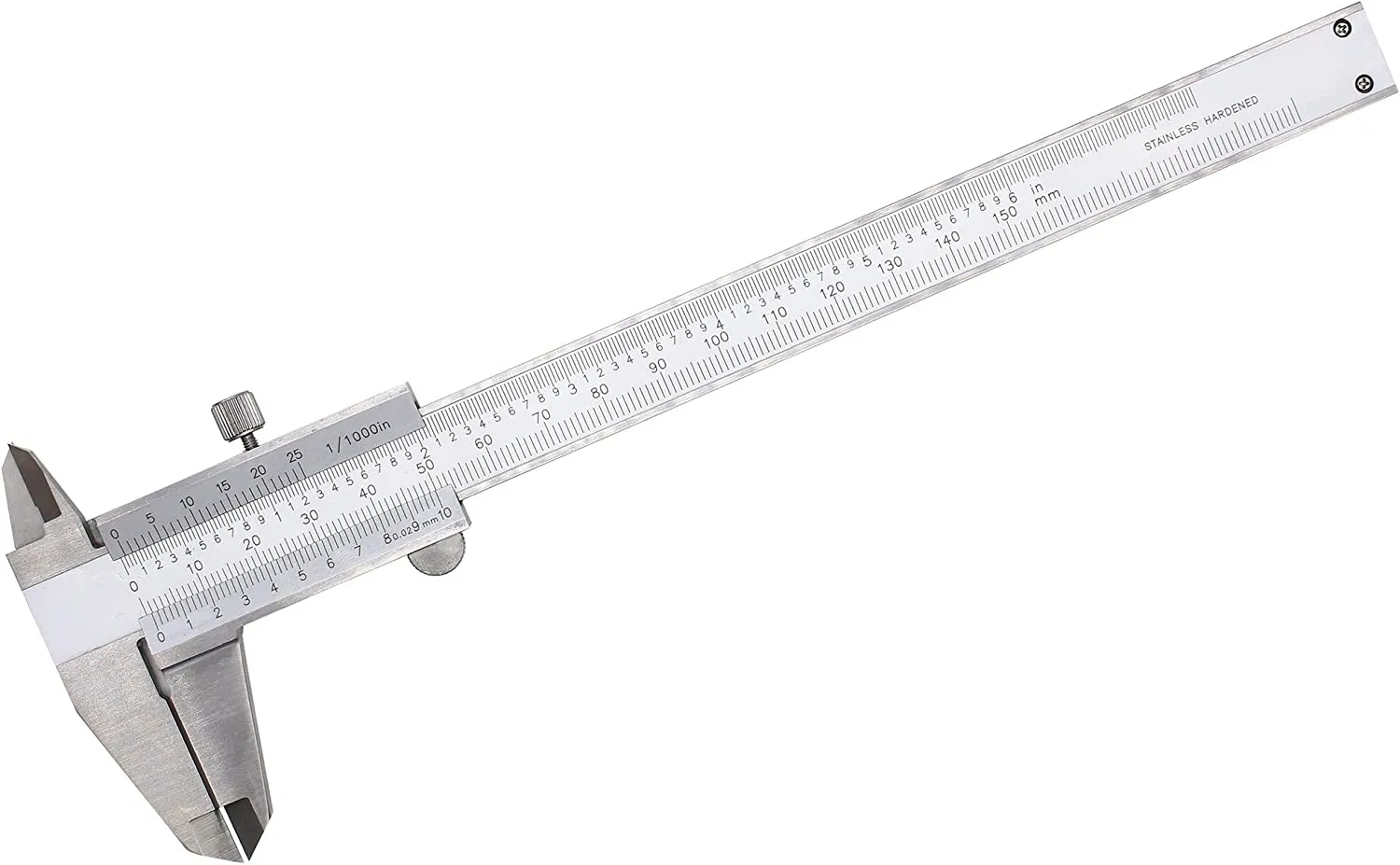A depth vernier caliper is a precision measuring instrument specifically designed to determine the depth of holes, grooves, recesses, and other internal features in workpieces with high accuracy. Comprising a main scale, a sliding vernier scale, a fixed base (or reference jaw), and a depth rod (or probe), this tool operates on the principle of vernier alignment, where the difference between the graduations of the main scale and vernier scale allows for measurements finer than the smallest division on the main scale. Typically, depth vernier calipers offer a measuring range from 0 to 150mm, 0 to 300mm, or larger, with a resolution of 0.02mm (0.001 inches) for standard models, making them indispensable in precision manufacturing, mechanical engineering, and quality control processes. The fixed base provides a stable reference point that rests on the surface of the workpiece, while the depth rod extends into the feature being measured; the reading is obtained by aligning the vernier scale with the main scale to capture the exact depth. To ensure accuracy, high quality depth vernier calipers are constructed from hardened stainless steel, which resists wear, corrosion, and deformation—critical properties in industrial environments where exposure to coolants, oils, and debris is common. The depth rod is often lapped to achieve a smooth surface finish, minimizing friction during extension and retraction, while the scales are etched or engraved with high contrast markings for easy readability under various lighting conditions. Advanced models may include a locking screw to secure the vernier scale in place once a measurement is taken, preventing accidental movement that could compromise results. In practical applications, depth vernier calipers are used to verify the depth of blind holes in engine blocks, the thickness of grooves in mold components, and the recess depth of machined parts, ensuring they meet design specifications. For example, in automotive manufacturing, they check the depth of valve seats to guarantee proper valve alignment, while in aerospace engineering, they measure the depth of fuel line recesses to ensure leak proof seals. When selecting a depth vernier caliper, factors such as measuring range, resolution, and build quality must be matched to the application—precision machining may require a 0.01mm resolution model, while general fabrication might suffice with 0.02mm. Proper calibration and maintenance, including regular cleaning and periodic verification against master gauges, are essential to preserve accuracy over time. International standards such as ISO 3599 and ASME B89.1.13 govern the design and performance of these instruments, ensuring consistency across manufacturers and facilitating global trade in precision components.


